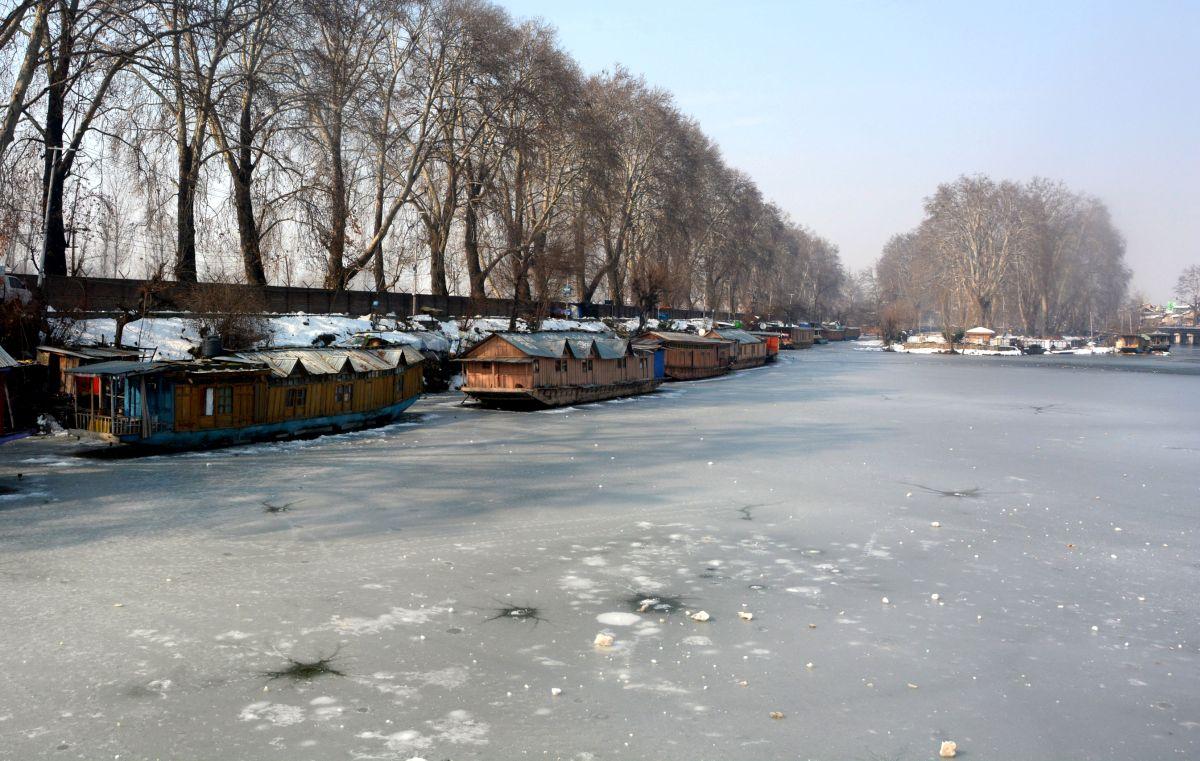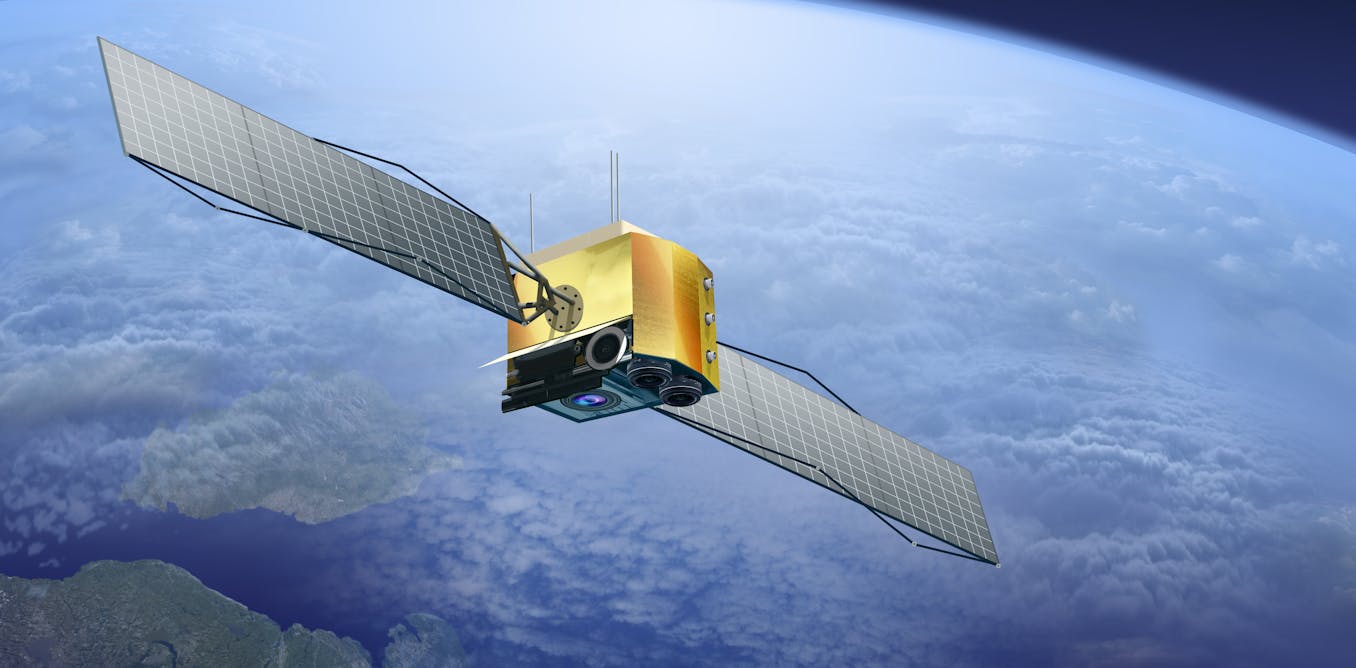- Select a language for the TTS:
- UK English Female
- UK English Male
- US English Female
- US English Male
- Australian Female
- Australian Male
- Language selected: (auto detect) - EN
Play all audios:
IN view of the importance which is attached to the photochemical oxidation of water in the understanding of the process of photosynthesis1, we would like to submit a scheme, which, as we
show, agrees well with the data reported in the literature and our own experience in this field of research. Weiss and Porret2 were the first to investigate the photo-oxidation by ceric ions
(a qualitative observation to this effect had been made by Baur3 in 1908). A more detailed study was carried out by Heidt and Smith4. The latter assumed the formation of an active ceric
dimer being deactivated by cerous ions to account for their otherwise inexplicable observations as to dependence of the quantum yield on the concentration of ceric and cerous ions in
solution. Spectrophotometric measurements carried out by us (to be published later) show conclusively that there is no dimer formation, and that in ceric perchlorate solutions in normal
perchloric acid approximately 92 per cent of the ceric ion is present as the ion-pair complex Ce4+OH−. On the other hand, Heidt and Smith's kinetic results can be accounted for qualitatively
and quantitatively on the basis of the following reaction scheme, which makes it also possible to explain in quantitative terms why in the case of ferric ions the quantum yield should be
much smaller, and therefore under normal laboratory conditions scarcely measurable; as in our work on photo-initiated polymerization5,6 and oxidation7, we consider the primary step as an
electron-transfer excitation with the ion-pair complex as the active species. This is the scheme we suggest: From stationary-state kinetics we obtain:
Anyone you share the following link with will be able to read this content:







